As long as photographers keep in mind that cameras are just the tools they use to capture light the way they want it to be, but we can still love cameras for their abilities, engineering and aesthetic. Photography has been evolving since its first appearance with cameras becoming faster and more portable all the time.
Long story short, after photography was born thanks to some hard work of people like Daguerre, Niépce and Fox Talbot, it became available to the masses. First, there were large cameras that relied on wet plates, then large view cameras (also known as large format cameras), then things shrunk a bit and the medium format appeared and after that the “teeny-tiny” 35mm.
It is funny how 35mm (what we now call full-frame) was diminished by photographers due to its size, to the point to even get pejoratively called “a post-stamp” for crying out loud!
But let's stick to Medium Format for this one.
We can intertwine Medium Format's legacy back to a huge milestone in photography, the Kodak Brownie. This camera made for the masses used 117 and 120 format film, both are considered to be “medium format”.
Basically, medium format is a film or sensor larger than 35mm but smaller than 4×5″ format (which is the smaller member of the the Large Format family). Back in the days of film, medium format was usually available in squared 6x6cm or slightly rectangled 6x7cm film.
What are the benefits of Medium Format?
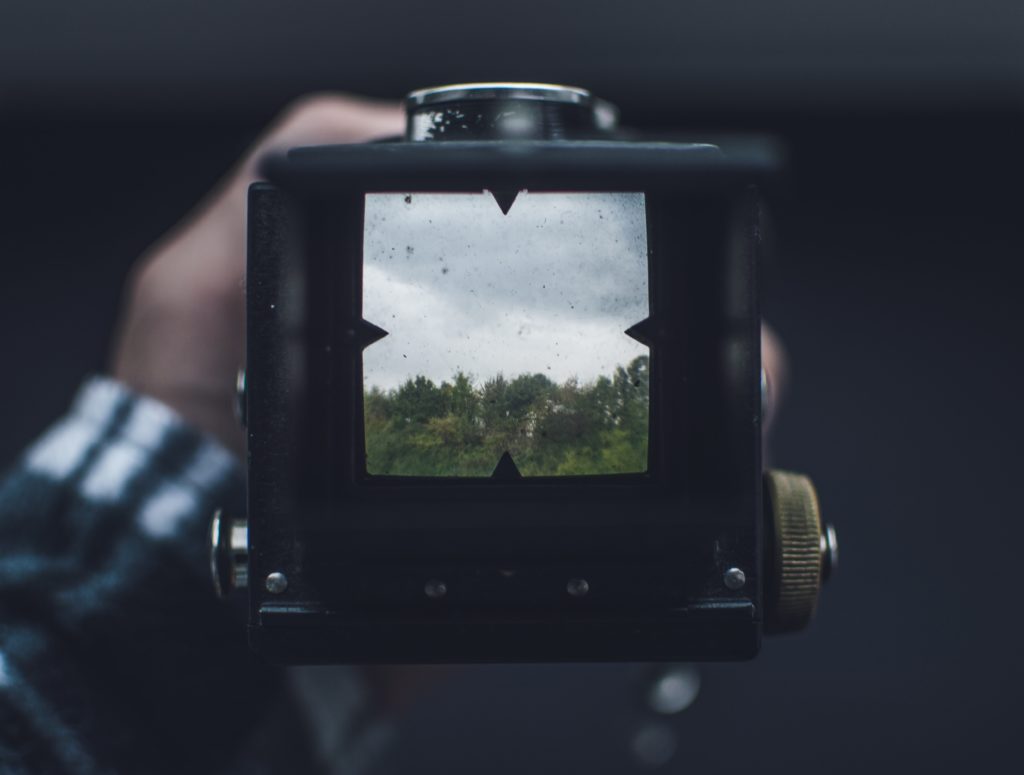
People making their living out of photography are aware that there are certain photographic situations in which better image quality is needed. These, of course, are highly limited situations that usually mean good revenue to those photographers.
Therefore medium format cameras should be seen as an investment rather than a luxury. Commercial photography, usually used in huge billboards, is one of these situations. Larger sensors (formerly film too) are capable of handling more information within a specific area as well as more generous depth of field capabilities.
So how is medium format being redefined?
Here comes the good part. Until the appearance of this bad boy, digital medium format was exclusively reserved to a few luxury brands. The new Fuji GFX 50s has reduced the cost by 1/3th to even 1/4th of traditional medium format brands. Interesting indeed, but at it's introductory price of around USD$6,500, it is still pretty unaffordable for the majority of photographers.
But we really can't talk about Medium Format cameras without talking about Fujifilm. Fuji is redefining medium format because with this offering they are opening up a traditionally exclusive format to a broader group of photographers.
So what we see in Fujifilm's pivot to medium format is that they aren't really interested in full frame cameras at all, they were exclusively aiming at medium format all the way. And with the recent introduction of their latest medium format camera, there is an interesting thing going on. This is a direct hit on both sides of the field, Fujifilm is taking on traditional medium format manufacturers with ridiculous price tags, and full frame camera manufacturers still silent about developing medium format cameras like Canon, Nikon and even Sony.
Tearing apart a prejudice
Simply because digital medium format was so expensive, many photographers weren't even slightly interested in this format. Photographers themselves built the prejudice that since they aren't highly paid commercial photographers, it was pointless to invest in such a Brobdingnagian thing.
But now, medium format is reaching a price that might make people stop and consider it – many photographers that were thinking about rising their bar from APS to full-frame or thinking about their new full-frame might just ponder medium format.
But wait, there's a trick, it always is a trick
Do you remember what I said above about what is considered to be Medium Format? Well, there is the trick, which is more of a marketing thing. Medium format has it's “full-frameness” as well, because even the largest digital sensor on a purchasable camera is 5.3 x 4 cm (100Mp), still pretty far away from the classic 120 format (the most popular medium format film available today).
They are not cheating on us since they are truly bigger than 35mm, therefore are medium formats, but is not a true medium format experience yet.
So, is there a true Medium Format Experience?
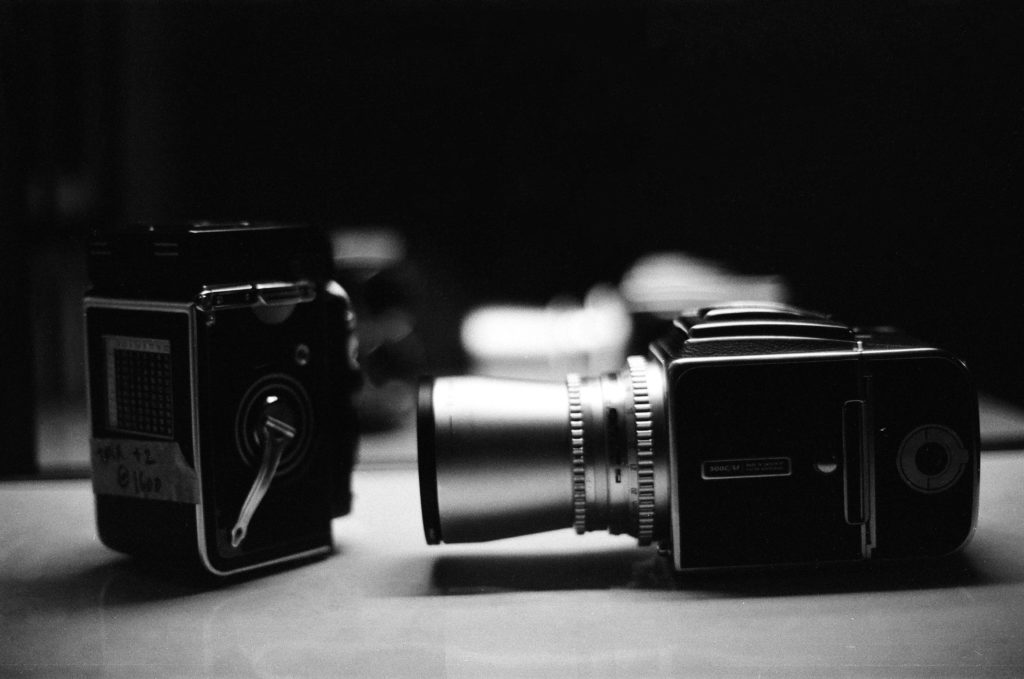
Yup, there is, and fortunately, it is cheap and fun, and of course, I am talking about film. The great thing about this is that you can acquire high quality cameras like something made by Rolleiflex or even Hasselblad at still decent prices if you compare it with their luxury digital counterparts.
- Film: There are still a couple of companies manufacturing 120 format film, which is the standard if you want to shoot medium format on any analogue camera:
- Instant Film: Polaroid was the instant film of choice, until it was discontinued. You can still get your hands around some expired Polaroid instant film, but unless you want some quirky results, maybe avoid it. Fujifilm on the other hand is still offering their Instax film. Both solutions are medium format, but in a different way since they are attached to very limited cameras, especially the ones from Fuji.
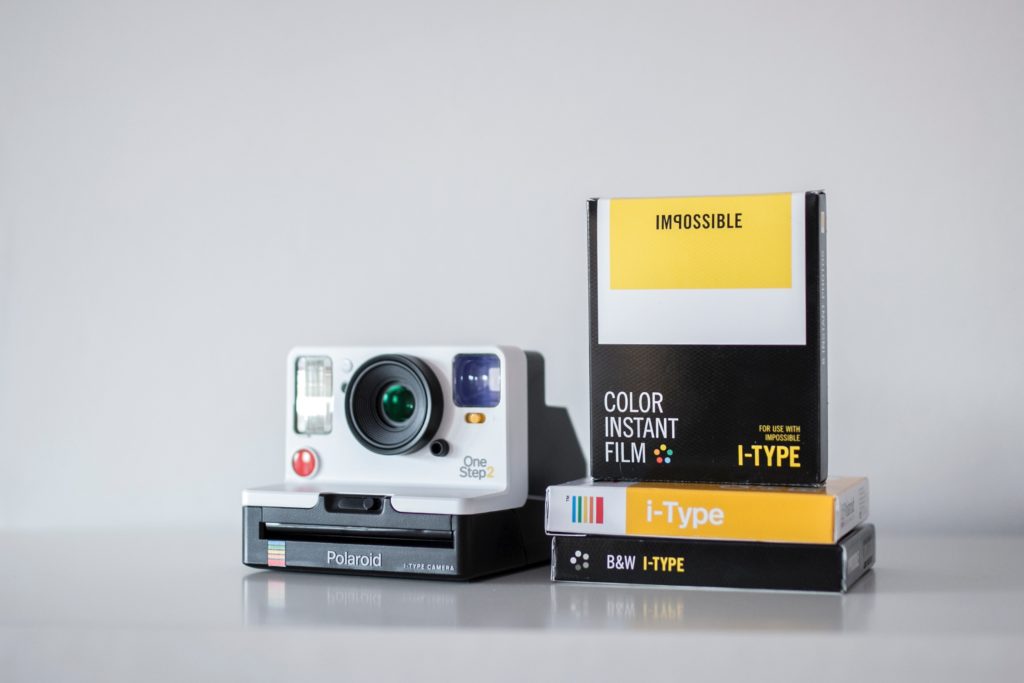
So, if you want to enter the world of medium format photography at a low cost, second hand TLR cameras, to even some mint Hasselblads could work just fine for you. Shooting film is a great experience in order to build a more resource-conscientious mind-set when shooting with any digital camera nowadays.
Therefore, I'm not saying to switch over to film solely, but using film will definitely make you are a better digital photographer
Film is still an amazing way of getting the medium format experience, but digital is approaching and this will make it more accessible to the masses.
I'm sure we'll see it in a few years. After that, maybe there will be a race for viable digital large format cameras? Who knows, but I hope to be around to see it happen.
Give us your thoughts in the comments below.

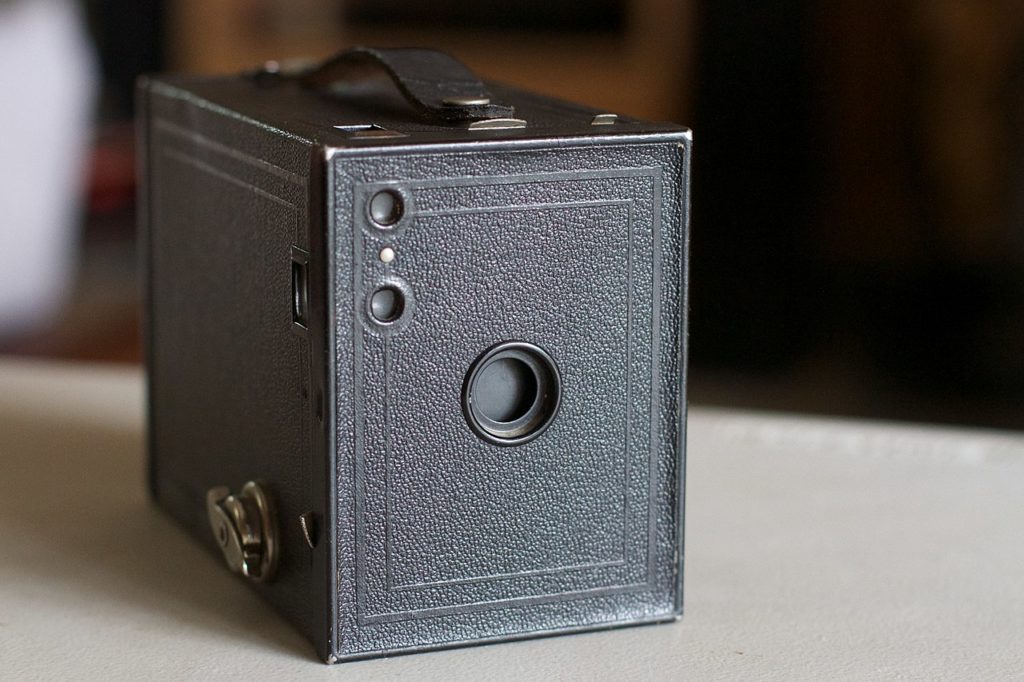
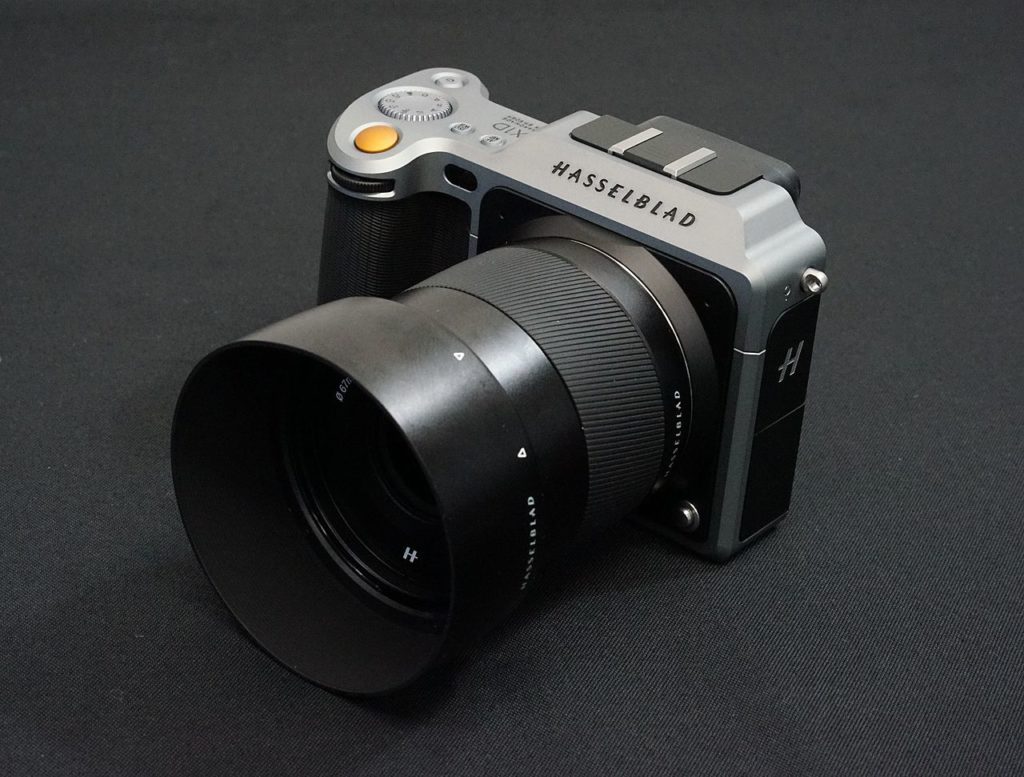






1 Comment
Boy, that’s old timer lens in that second photo. I had that lens in my Hasselblad kit back in the 80s and 90s. I bought it used, and it was almost 3 decades old then.